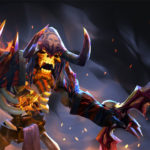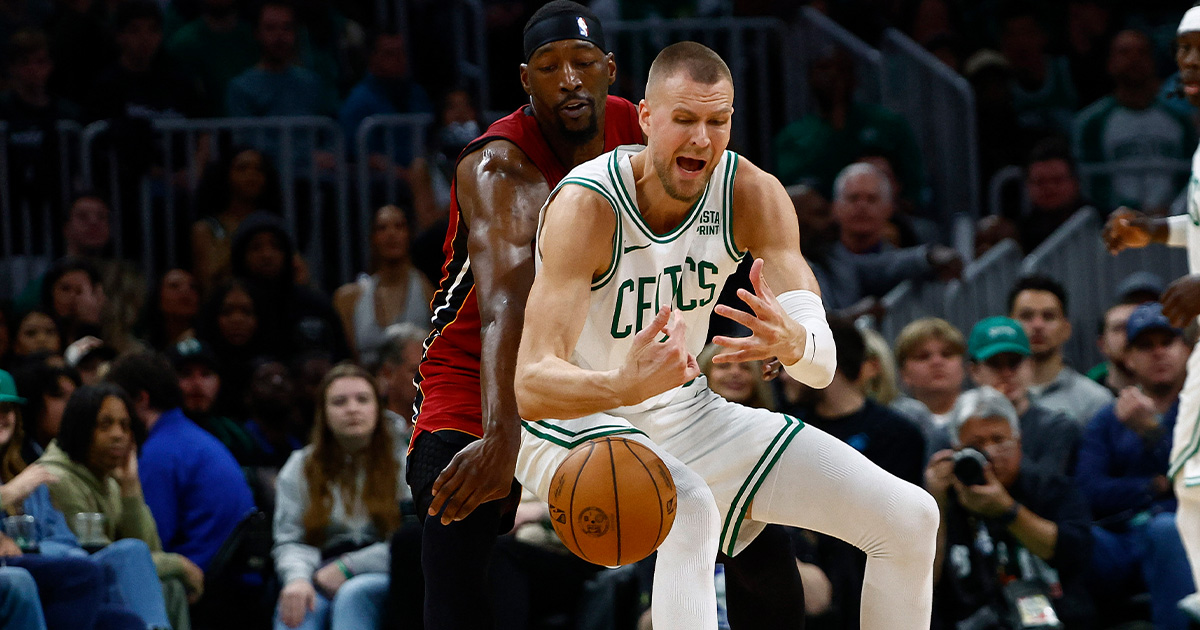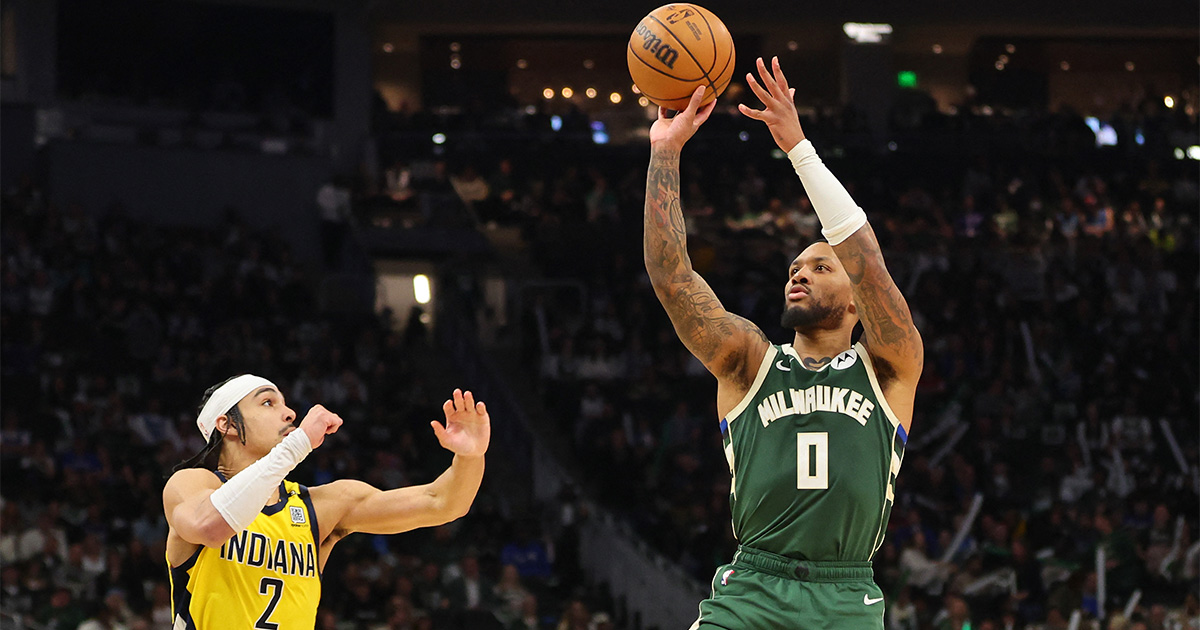The 2020 LPL Summer Playoffs just kicked off, and as we get closer to Worlds 2020, every team is pulling all the stops for a chance to qualify for the biggest tournament of the year. The eight teams that qualified from the Summer season reached this point of their careers because of their different strengths as a team. Some are all-rounders, while others boast their early game or late game powerhouses in one or two anchor players.
This difference in the team’s style of play can make or their break their playoffs run, and what better way to see how can they hold up their strength by analyzing their performance in the recently concluded Summer season? Check out our mini-analysis per team below, as we start off from the 1st placer down to the last qualifier in 8th place.
Top Esports
Top Esports has the second highest K/D ratio with 1.39, and a solid early game with a 58.4% early game rating, meaning that their chances of winning the game by 15 minutes are pretty good. This is backed up by the fact that their average gold difference at 15 minutes is +695 and they have 56% Rift Herald control rate, meaning that they often beat the enemy with early game tempo from their powerful team coordination and individual strengths.
While they are the best team right now, they still have some weaknesses that make things possible for their adversaries. They aren’t keen with their tower sieges, only having a 54% first tower rate and 55% first-to-3-towers rate. They also close out their games at an average of 32.2 minutes, which is well past a period where players are already getting supplementary items. Compared to the rest, these statistics are average, so capitalizing on their rare weak moments is the enemy team’s key to winning.
JD Gaming
JD Gaming doesn’t shy away from fights, which is why they have the highest K/D ratio (1.45), mid/late rating (21.2), highest first Baron rate (71%) and Baron control rate (68%) among the Top 8. They are the manifestation of the saying “we’ll scale in the late game” because JDG has the numbers that are geared in the later stages of the game. Their jungler control rate (53.7%) is all thanks to Kanavi, one of if not the best junglers in Season 10.
In exchange for their powerful late game, their early game is pretty lacking. They only have about a minuscule advantage at 15 minutes (51.1% early game rating), 46% first blood rate, with their Dragon control rates (58% first dragon, 56% overall dragon control) as the only silver lining. Strong early game teams that can make a lead will definitely have an advantage once they face JD Gaming later down the road.
Invictus Gaming
Their supports, primarily Baolan, have been the key playesr in the later weeks of the team’s run. With 81% winrate in the 16 games he has played, Baolan led the team to defy expectations, and they managed to give the team their second wind to make it to Playoffs.
The team has the highest lane control rate at 51.7%, as well as an above average early and mid/late game (55.1% and 8.3% early game rating and late game rating respectively). The same goes for their mid game objective control rates (3rd highest in first-to-three-towers at 59%, dragon control rate at 56%).
However, individually their performance is average. They have the second worst K/D ratio (1.06) as a team, and their late game objective control is terrible (40% elder dragon control rate, 60% first baron rate, 59% baron control rate) compared to the other teams. They are definitely easier to beat if they can be whittled down in the early game while reducing their options to group up.
Suning
The S in Suning stands for Solid, and it’s because the team synergy and their gameplay is like so. Their objective game is pretty good, with first-to-three-towers rate (62%), Baron control rate (66%), and jungle control (52.7%) demonstrating that their late game is a menacing one, and it is in everyone else’s best interest to prevent them from scaling.
They have demonstrated playoffs-worthy consistency with their overall numbers being average for a mid-level team. Their K/D ratio (1.10), early game rate (50.6%), and mid/late rate (8.9%, third highest) are pretty okay compared to the other qualifiers. They are able to take down the lower-ranking teams, but those won’t fly against the other LPL teams who know what they’re doing.
Bad average game time 33 mins Suning, however, doesn’t go beyond being solid due to their horrible average game time (33.1), first blood rate (43%), and first tower rate (52%). As it shows with JDG, a good early-game team can easly take down Suning, but at a less heavier degree than JDG’s lategame.
Victory Five
Victory Five climbed from the depths of the LPL to Top 5, and even managed to beat top-level teams like JDG and TES in the regular season. Thanks to a brand new roster, the new Victory Five became one of the best dark horses in League history.
The team is absolutely strong at the early game, with a 58.6% early game rating and the shortest average game time at 29.7 minutes. They also have the highest first-to-three-towers rating (62%) as well as superb objective control (56% first tower rate, 54% Rift Herald control, 67% elder dragon control, 67% first baron, 65% baron control) and the highest gold difference (+860) at 15 minutes.
Because of that, their late game takes a complete 180 for having most of their eggs in the early-game basket. They are the third least likely to win the late game (5.5% mid/late game rating) and have a low dragon control rate (46%). As long as V5 doesn’t get what they want in the early game, their opponents have a better leverage.
LGD Gaming
LGD Gaming came in to the Summer season blazing hot, with their anchor bot laner with LGD Kramer. They made themselves to become one of the wildcard teams of the season, but at times they messed up when winning mattered the most.
LGD is definitely an early-game oriented team by having the second highest first blood rate (54%) and the highest first tower rate (59%) among the playoffs qualifiers. Unfortunately, they also have the worst objective control rates (35% first dragon, 49% first-to-three towers, 53% dragon control, 56% Baron control) and the worst lane (49.6%) and jungle control (50.7%) among the Top 8. Any team that can make sure Kramer doesn’t come online can guarantee a win, and we’ll find out if it’s Team WE that will do that.
Team WE
Team WE is similar to LGD Gaming in the respect that they were seemingly the wildcards of the playoffs. Their style is unfamiliar, given that their past playoffs run did not go too far.
Team WE has one of the best but highly inconsistent early games among the Top 8 with their third highest first blood rate (47%), highest first dragon rate (65%), and the opposing 48.3% early game rating which is the second lowest among the qualifying teams. To add insult to injury, their general numbers are average if not terrible, from objective control (45% first-to-three-towers, 53% dragon control, 53% first Baron, 53% Baron control rate) to lane dominance (49.9% lane control, 50.1% jungle control). A solid team can knock out Team WE, and maybe LGD can capitalize on this inconsistent gameplay.
FunPlus Phoenix
FunPlus Phoenix right now is a shadow of their former self, sitting at 8th place. They may be suffering from the rumored Worlds curse, or maybe the rest of the LPL just adapted heavily against the reigning champions.
Most of the major numbers are ranking at the lowest compared to the rest of the teams in the playoffs. They have the lowest K/D ratios (1.02), early game rates (46.2%), gold difference at 15 minutes (-515), first tower rates (37%), first Baron (41%) and Baron control rates (43%), lane control (49.7%) and jungle control rates (48.7%) in the entire playoffs roster.
Their positive numbers (56% first blood rate, 64% first dragon) are not enough to cover the rest of the glaring weaknesses that FPX now has. The dark technology just doesn’t work nowadays, and losing to Victory Five 1-3 in Round 1 has definitely solidified that fact. Sadly, this may be the last that we see of the reigning champions for this season.
Among the 7 remaining teams, who do you think will win the LPL 2020 Summer Playoffs?
Data from this piece came from Oracle’s Elixir on LPL 2020 Summer Season statistics among the Playoffs qualifying teams.















